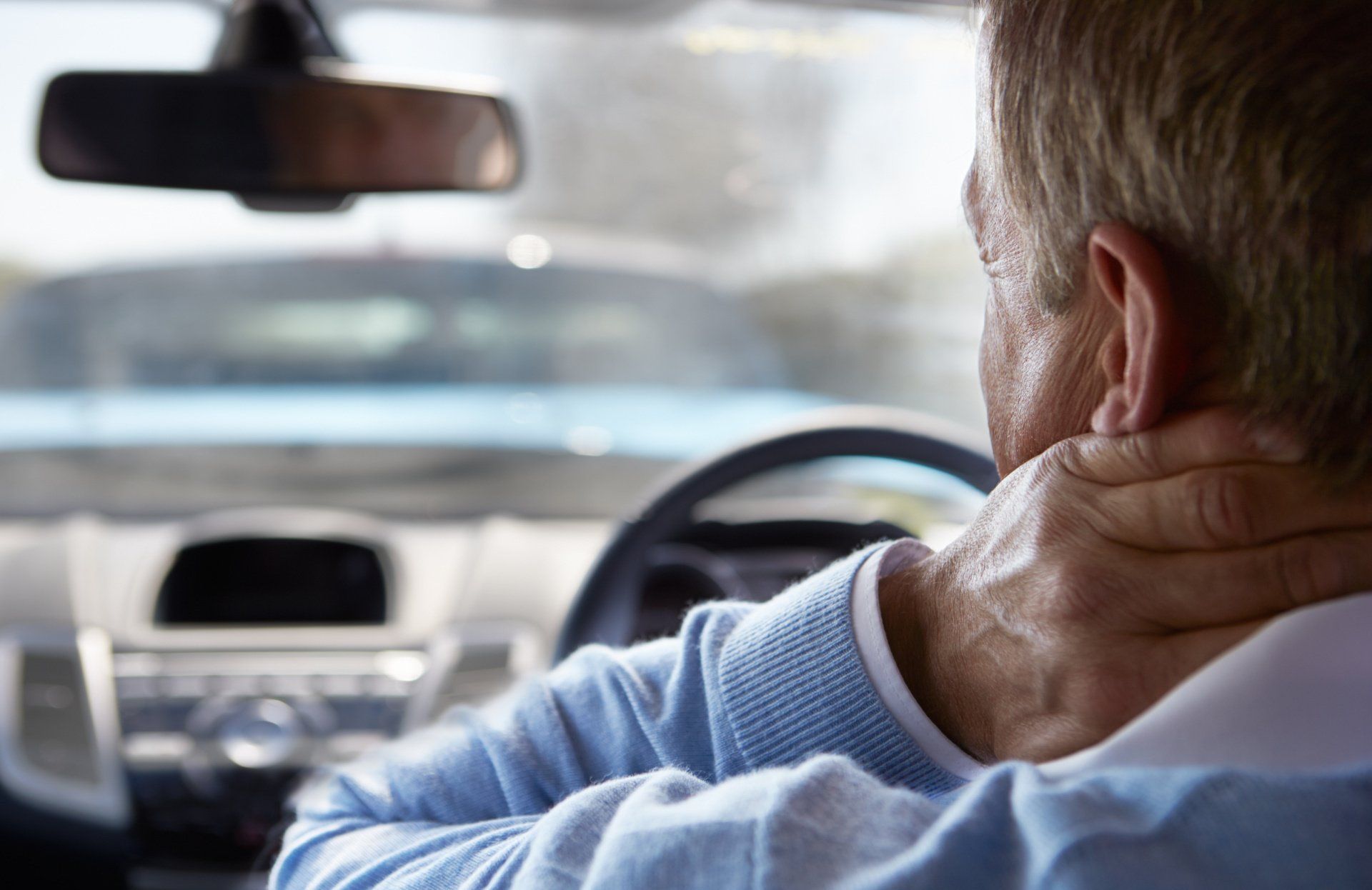The high-energy trauma of a car accident in Louisiana can cause fractures of your vertebrae, i.e., the bones in your spine. Often, though not always, these fractures occur in your thoracic spine, located in the middle of your back, or your lumbar spine in the area of your lower back. Another common location for spinal fractures from a car accident is the point where your thoracic and
lumbar spine meet. The name for this area is the thoracolumbar junction. According to the American Academy of Orthopedic Surgeons, there are different types of spinal fractures. However, they tend to follow three specific patterns. Therefore, doctors use the patterns to classify the type of fracture and determine the proper treatment.
Rotation fracture pattern
A rotation fracture can result in an unstable spinal injury called a fracture-dislocation. This occurs when one vertebra moves off of an adjacent one because of damage to the bone and/or soft tissue. A fracture-dislocation of the spine can put pressure on the spinal cord, an emergency situation. Another type of spinal fracture that follows the rotation pattern is a transverse process
fracture. In addition to rotation, it can result also result from extreme bending of the spine to one side. This type of fracture is not common.
Extension fracture pattern
Fractures that follow this pattern occur because of distraction, or pulling apart, of the vertebrae. A Chance fracture is one type that follows this pattern. It can occur when you are wearing a lap belt that immobilizes your pelvis while the force of the collision propels your upper body forward.
Flexion fracture pattern
In these types of fractures, damage to a vertebra causes it to lose height. In an axial burst fracture, the vertebra loses height in the back as well as in the front. When a compression fracture occurs, the vertebra loses height at the front only.
The information in this article is not intended as legal advice but provided for educational purposes only.



